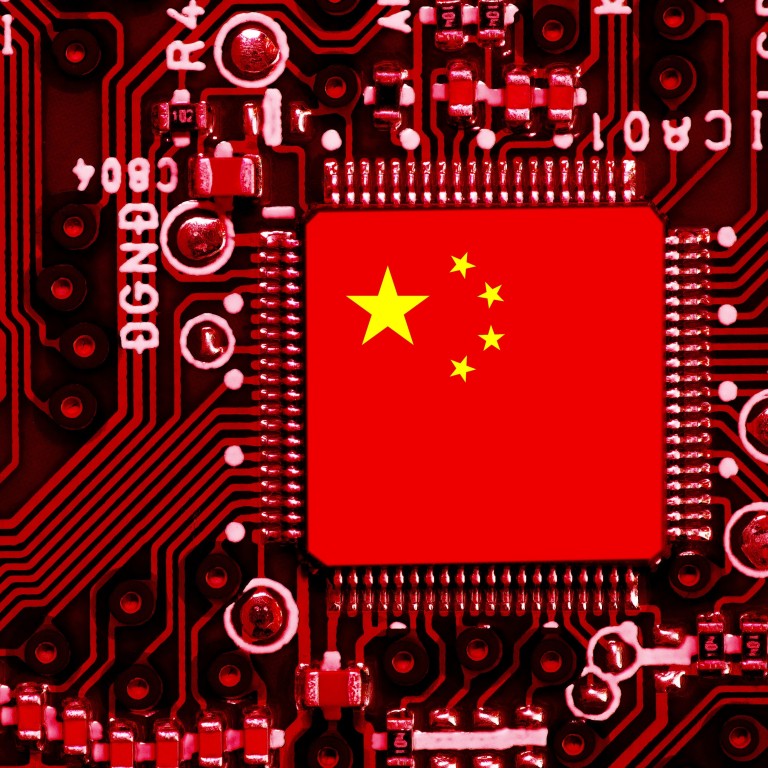Advertisement
Advertisement

China’s semiconductor output posts biggest ever monthly decline in October amid weak demand, fresh US tech export controls
- China’s chip output in October reached 22.5 billion units, down 26.7 per cent from a year ago and the largest single-month decrease on record
- That total was also lower than the 25.9 billion units produced in April, when Covid-19 lockdowns disrupted manufacturing in Shanghai and other cities
Ann Caoin Shanghai
China’s integrated circuit (IC) output in October contracted by 26.7 per cent from a year ago, marking the biggest monthly decline on record for the domestic semiconductor industry, amid weak demand that mirrored the country’s first export growth decrease in more than two years.
Production of ICs last month, which totalled 22.5 billion units, showed a larger percentage drop in volume compared to the 24.7 per cent slump in August, according to data released by the National Bureau of Statistics (NBS) on Tuesday. October saw the largest single-month decrease since records began in 1997.
October’s chip output was also lower than the 25.9 billion units produced in April, when citywide Covid-19 lockdowns disrupted manufacturing activities in Shanghai and other mainland production hubs. China’s total IC output for the first 10 months of 2022 reached 267.5 billion units, down 12.3 per cent from the same period last year, NBS data showed.
This fall in monthly semiconductor production echoed the state of factory activity across the country because of weak demand, as the official manufacturing purchasing managers’ index fell to 49.2 in October, from 50.1 in September, according to NBS data. The 50-mark separates growth from contraction on a monthly basis.

Semiconductor Manufacturing International Corp (SMIC), mainland China’s top contract chip maker, last week warned that weaker demand for consumer electronics products is expected to weigh on its business outlook through the first half of 2023.
In a conference call last Friday after releasing its third-quarter financial results, SMIC co-chief executive Zhao Haijun said smartphone and consumer electronics clients were reluctant to place new orders because consumer spending remained weak. Still, demand from industrial users was “relatively stable”.
Decreased demand saw third-quarter smartphone shipments in mainland China reach 70 million units, down 11 per cent from a year ago, according to data released in October by research firm Canalys.
Some customers, according to SMIC, also needed time to interpret the latest US export control rules. “According to a preliminary interpretation, the new rules have an adverse impact on our production and operation,” the company said in its third-quarter results announcement.
China’s semiconductor industry on edge as US sanctions slow growth and demand
China’s semiconductor industry on edge as US sanctions slow growth and demand
Washington last month expanded the scope of US hi-tech export controls targeted at chip makers on the mainland, which followed the Biden administration’s enactment of the Chips and Science Act in August to boost America’s production of ICs.
Meanwhile, China’s chip imports shrank by 13.2 per cent to 458 billion units in the first 10 months of the year, down from the 527.9 billion in the same period last year, according to data released by the General Administration of Customs last week.
That decline in volume has come amid fresh import controls from Washington in early October and coincided with a global downturn in the semiconductor industry, as it moved from contending with a chip shortage to a glut.

4
